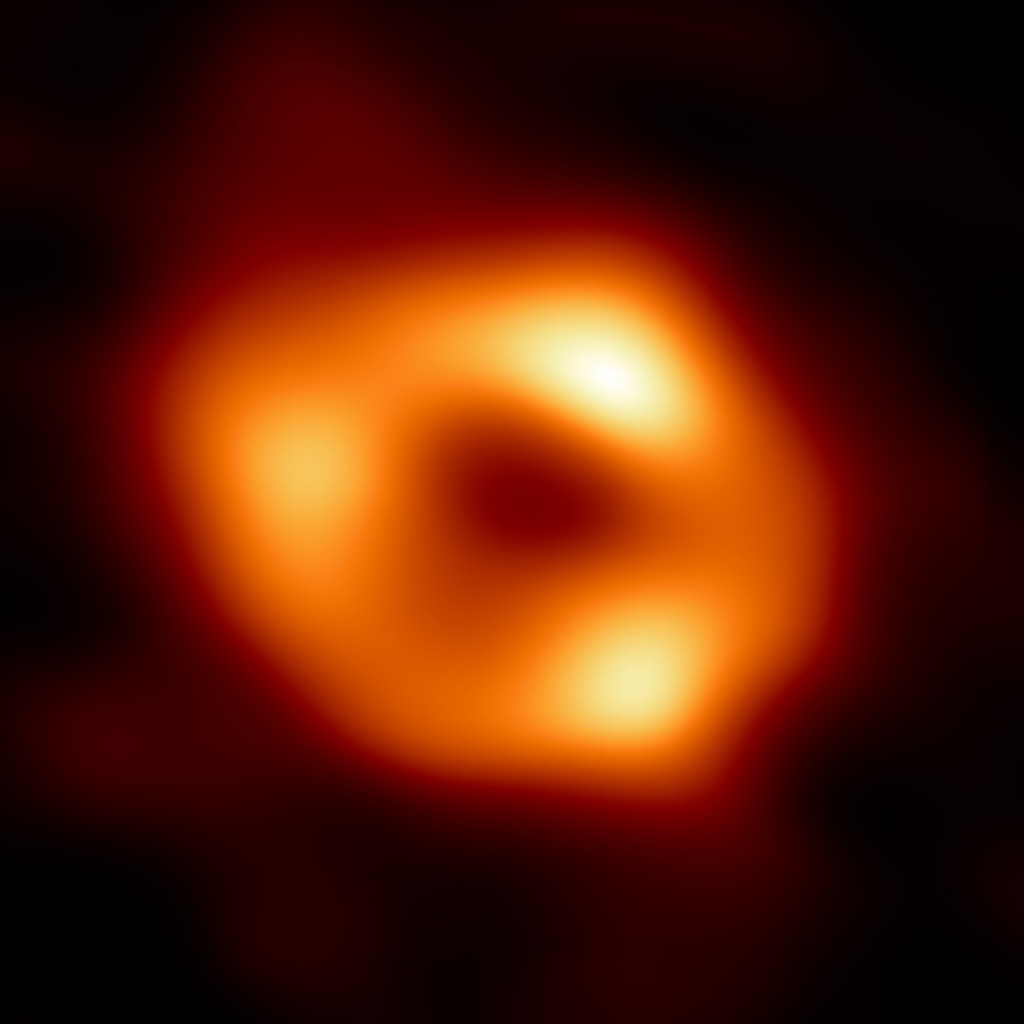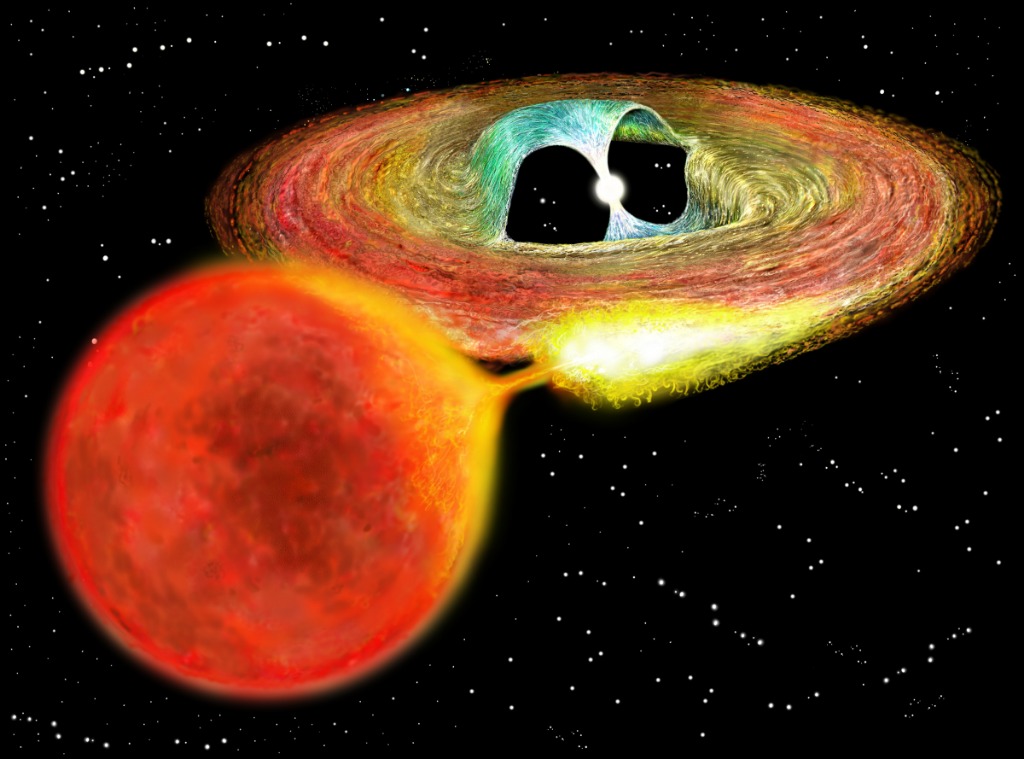Xinhua News Agency, Beijing, May 12-Astronomers announced on the 12th that they had observed the "biggest" explosion in the universe so far, and the fireball produced was equivalent to 100 solar systems, and the explosion lasted for at least three years without stopping.
According to Agence France-Presse, the explosion was named AT2021lwx, which was located in the depths of the universe 8 billion light-years away from the Earth and occurred at the age of 6 billion. The research report was published in the Monthly Journal of the Royal Astronomical Society. A study published in 2021 shows that the universe has a history of 13.77 billion years, with an error of about 40 million years.

This is the first photo of the supermassive black hole in the center of the Milky Way galaxy released simultaneously by many astronomers around the world, including China, on May 12th, 2022. Xinhua News Agency (Photo courtesy of Event Vision Telescope)
Researchers estimate that the brightness of the explosion AT2021lwx is 2 trillion times brighter than that of the sun, which is not the brightest explosion that has been observed so far. However, Philip Wiseman, the main author of the research report and an astrophysicist at the University of Southampton in the United Kingdom, said that the energy released by the explosion of AT2021lwx in the past three years exceeded the brightest explosion gamma ray burst GRB 221009A observed so far, which is the largest explosion observed in the universe.
The gamma ray burst GRB 221009A was observed in October last year and ended 10 hours after it was discovered.
Researchers first discovered AT2021lwx at the Zwaiki transient research facility in California in 2020, but they didn’t realize the scale and power of the explosion until they later observed it with a more powerful astronomical telescope. What caused the explosion is still inconclusive.

The schematic diagram shows that in a binary system, white dwarfs devour the matter of their giant companion. Xinhua News Agency (provided by Australian National University)
The researchers speculate that the most likely scenario is that a supermassive black hole slowly devours a huge gas cloud 5,000 times larger than the sun, triggering the explosion of AT2021lwx. However, Wiseman said that this explanation is not absolute, and researchers are working hard to test it with new models.
They also thought of other possibilities, including supernova explosion or tidal destruction. Tidal destruction event refers to the process of releasing energy when a star is torn by a supermassive black hole. However, AT2021lwx is 10 times brighter than the previously observed supernova explosion and 3 times brighter than the tidal destruction event.
The only cosmic event with the same brightness as the explosion of AT2021lwx is a quasar, that is, a supermassive black hole emits strong light in the process of devouring huge amounts of gas in the center of a galaxy. However, Wiseman said that the light emitted by quasars usually flickers, while AT2021lwx suddenly appeared three years ago and is still emitting light, which is unprecedented. (Yuan Yuan)
关于作者